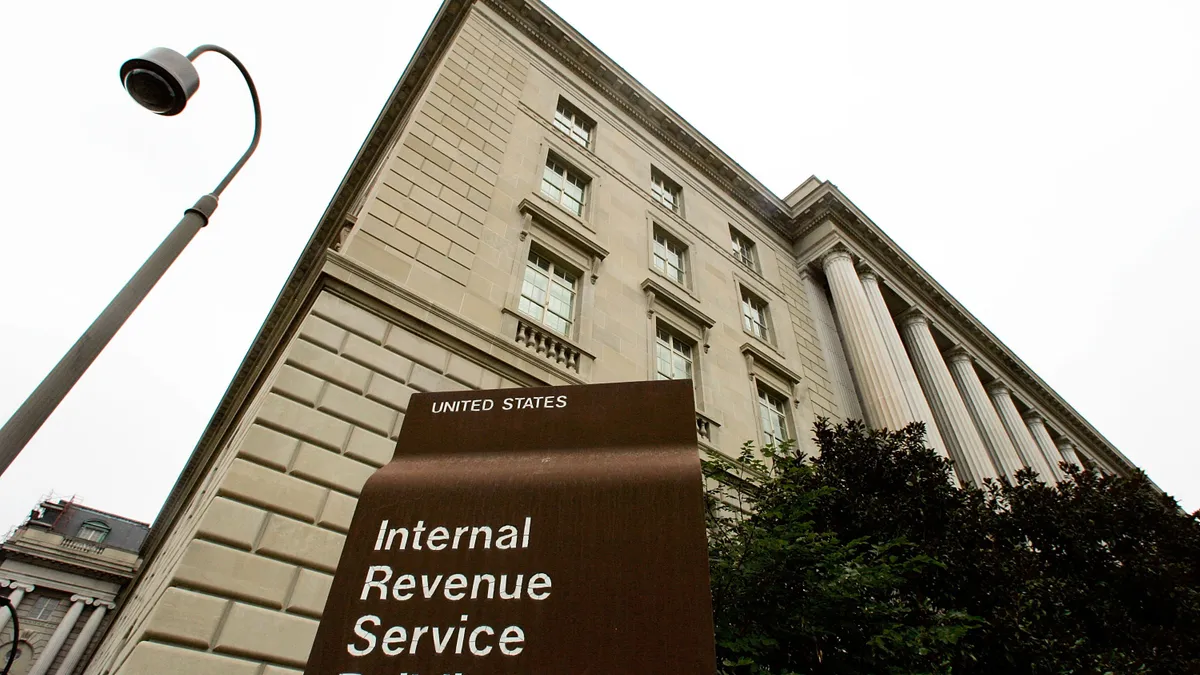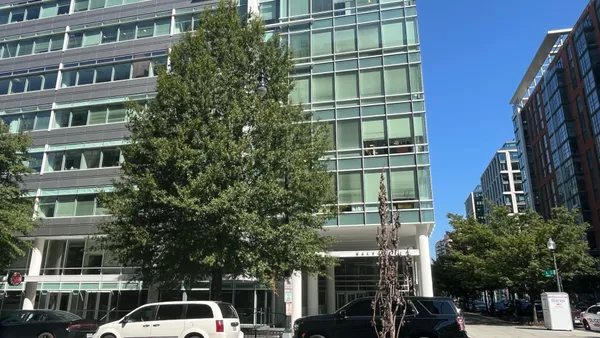Today, there seems to be a widening gap between the number of skilled workers American businesses need and the number of skilled persons being produced by our talent pipelines. 75% of companies cite difficulty matching the proficiencies required for a thriving business model with the available talent pools. Many companies are therefore not able to hire the number and quality of talented individuals they need in order to optimize their productivity, performance and bottom lines – and that poses long-term threats to our country’s economic growth and global leadership capability.
At the same time, public trust in higher education – the post-secondary training sources for the next generation of America’s workforce and key consumers – seems to be under significant pressure, too. The rising cost of tuition disconnects between curricula and workforce needs, and perceived equity gaps are all fueling skepticism about the return on investment in higher education. In many places, declines in college completion are either creating or enhancing the talent gaps which are constraining incremental business investment and economic growth. And public sector investments in higher education aren’t always well-aligned with the priorities and needs of students – or the employers who desperately need them and their skills.
There is widespread agreement among business leaders and others on the need for affordability and alignment of skills-based learning and workforce needs. Like business, the post-secondary sector has to be agile and responsive to the needs of its “customers” in order to serve them well. Business leaders can play a major role in improving the quality and quantity of skills that students receive from post-secondary education if we can communicate, clearly, directly and proactively, with post-secondary providers about our current and emerging workforce skill needs.
Here are a few ways we can lead in doing that:
- Amplify the message that a thriving economy – and all of the societal benefits that come with it – requires high-quality post-secondary education and training. We’re well past the outdated notion that ‘everybody needs to go to college.’ Rather, the business community needs to underscore – with parents, policymakers, educators and the media – what’s truly needed: everyone needs a post-high-school credential with real value.
- Get your hands dirty – give learners a hand. Partner with institutions to develop co-op programs, offer scholarships and mentor students. This direct investment builds a talent pipeline and fosters a deeper understanding between businesses and educational institutions about what is needed to meet workforce needs and how companies can support students’ and institutions’ efforts.
- Sharing the stories of how business and education are partnering successfully to bring skills to students is important, too. Showcasing the success and value of such partnerships – which are springing up organically across our country – is crucial to sustaining and growing support for advanced skill training by the public sector and the citizens who elect and fund it.
- Advocate for policies that incentivize affordability, hold institutions accountable for workforce outcomes and promote innovative learning models like apprenticeships and work-based learning experiences that will cultivate graduates who are better equipped to transition into the workforce promptly and productively.
By stepping up as champions of a transformative approach to post-secondary education, businesses can play an active role in bridging skill gaps to unleash the full potential of our emerging workforce and our economy. The future of success, both for business and higher education, is one in which business and education work hand-in-hand to drive innovation, prosperity and opportunity for everyone.











